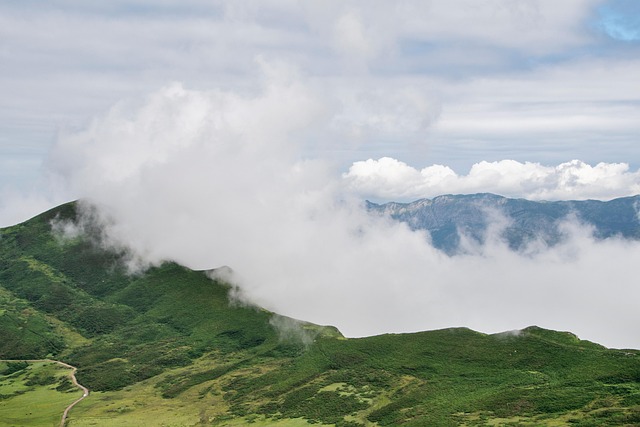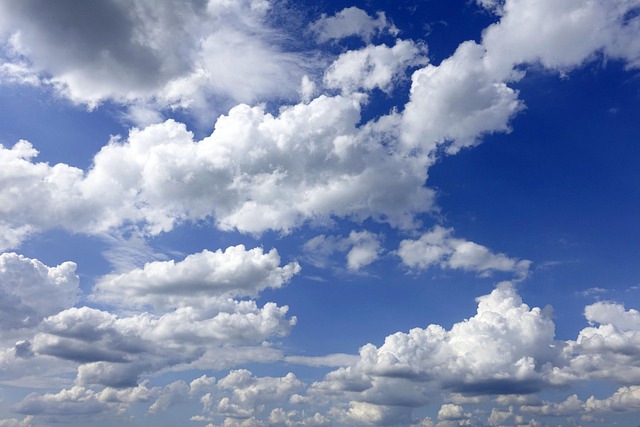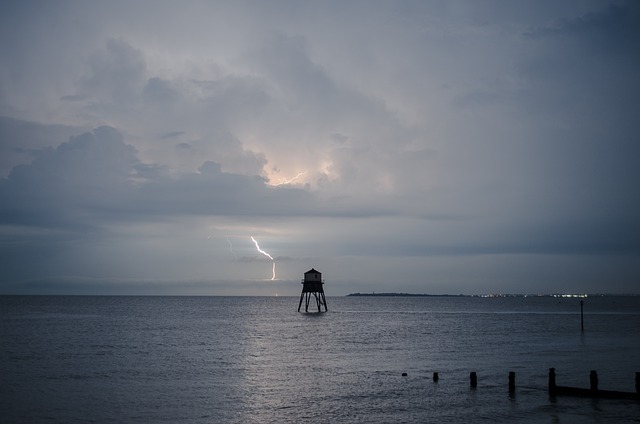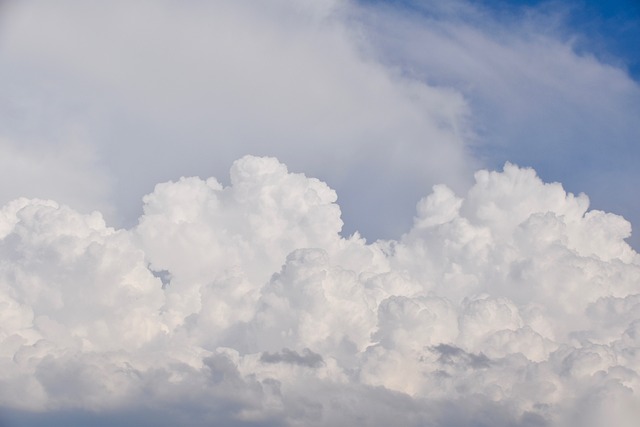Karachi, Pakistan's vibrant coastal metropolis, faces unique atmospheric challenges due to its location and weather patterns, particularly during winter when temperature inversions occur. These inversions, caused by the trapping of cool air beneath warmer masses, impact air quality, leading to concentrated pollutants and harmful substances near ground level. The phenomenon exacerbates respiratory issues for residents and poses risks to local ecosystems and biodiversity. However, proactive strategies exist to combat these challenges, including urban greening, sustainable transportation, smart city initiatives, and tree planting, which can enhance Karachi's resilience and improve the well-being of its densely populated neighborhoods.
In Karachi, a bustling metropolis known for its vibrant yet challenging climate, temperature inversions pose a unique phenomenon. This phenomenon, where cooler air becomes trapped beneath a layer of warmer air, significantly impacts local ecosystems and daily life. Understanding these mechanics is crucial for navigating Karachi’s climate. From the basic concept of temperature inversions to their scientific explanations, this article explores their effects on both natural environments and human activities, offering potential mitigation strategies tailored to Karachi’s specific conditions.
- Understanding Temperature Inversions: A Basic Concept
- Karachi's Unique Climate and its Role in Temperature Inversions
- The Science Behind the Phenomenon
- Impact on Local Ecosystems and Human Activities
- Mitigation Strategies for Karachi's Temperature Inversions
Understanding Temperature Inversions: A Basic Concept

Temperature inversions are a fascinating phenomenon where the temperature of the air increases with height, defying the usual decrease. This concept is crucial in understanding atmospheric conditions, especially in urban areas like Karachi, where it can significantly impact air quality and weather patterns. In simple terms, it occurs when warmer air traps cooler air below, forming a sort of ‘inversion layer’ at ground level. This inversion acts as a barrier, preventing the usual vertical mixing of warm and cold air masses, leading to unique atmospheric conditions.
In Karachi, with its diverse geography and rapid urbanisation, temperature inversions are not uncommon, especially during winter months. These events can have various causes, such as the presence of a stable high-pressure system or a layer of pollution trapping cooler air below. Understanding these mechanisms is vital for meteorologists to predict and mitigate potential impacts, ensuring the well-being of residents in cities like Karachi where atmospheric conditions play a significant role in daily life.
Karachi's Unique Climate and its Role in Temperature Inversions

Karachi, Pakistan’s vibrant metropolis, boasts a unique climate that plays a pivotal role in the occurrence of temperature inversions, a fascinating atmospheric phenomenon. The city’s geography and weather patterns create specific conditions that lead to these events. During certain times of the year, especially in winter, a layer of cold air gets trapped beneath a blanket of warmer air, resulting in a significant temperature drop near the surface.
This microclimate is largely influenced by Karachi’s coastal location and its topographical setting. The Arabian Sea moderates temperatures, preventing extreme highs and lows. However, when certain weather systems pass over, they can disrupt this balance, causing cold fronts to interact with warmer air masses overhead. This interaction creates a stable inversion layer, trapping the cooler air close to the ground and leading to remarkable temperature variations between Karachi’s streets and higher elevations.
The Science Behind the Phenomenon

Temperature inversions are a fascinating atmospheric phenomenon, particularly significant in urban areas like Karachi, where they can have notable impacts on air quality and public health. The science behind this phenomenon involves the interaction of different layers of air with varying temperatures. During the day, the sun heats the surface of the Earth unevenly, creating temperature differences. Warmer air rises, while cooler air sinks, forming distinct layers. In inversions, a layer of cold air gets trapped beneath a layer of warmer air, acting like a lid that prevents vertical mixing. This stifles dispersion of pollutants, leading to increased concentration of harmful substances in the lower atmosphere, especially near the ground level in Karachi’s urban sprawl. Understanding these mechanisms is crucial for developing effective strategies to mitigate pollution and improve air quality in such densely populated cities.
Impact on Local Ecosystems and Human Activities

Temperature inversions, a natural phenomenon where cooler air is trapped beneath a layer of warmer air, significantly impact local ecosystems and human activities in cities like Karachi. During inversions, pollutants are unable to disperse as normally as they would on clear days, leading to reduced air quality. This can cause respiratory issues for residents, especially the elderly and those with pre-existing conditions. In Karachi, where pollution levels are already high, temperature inversions exacerbate the problem, making it a pressing concern for public health.
Ecosystems in the region also feel the impact. Warmer, stagnant air above the surface can lead to increased ground-level ozone, a harmful pollutant that affects plants and animals. This can disrupt local biodiversity, particularly in urban areas where green spaces are already limited. In Karachi’s dense neighborhoods, temperature inversions may further hinder efforts to create sustainable urban environments, emphasizing the need for proactive measures to mitigate both pollution and climate change effects.
Mitigation Strategies for Karachi's Temperature Inversions

Karachi, as a metropolitan city, faces unique challenges regarding temperature inversions due to its complex geographical location and urban dynamics. To mitigate the effects of this phenomenon, several strategies can be employed. One key approach is improving urban greening and vegetation cover. Planting more trees and creating green spaces helps in cooling down the urban heat island effect, as plants absorb sunlight and release oxygen, thereby improving air quality and reducing temperature extremes.
Additionally, implementing sustainable transportation systems is vital. Encouraging the use of public transport, promoting electric vehicles, and developing pedestrian-friendly infrastructure can significantly cut down emissions from traffic, which contribute to local pollution and temperature rise. Furthermore, smart city initiatives focusing on efficient energy management, renewable energy sources, and advanced waste management systems can play a crucial role in creating a more resilient urban environment for Karachi’s residents during temperature inversions.
Temperature inversions in Karachi, driven by its unique climate conditions, pose significant challenges to local ecosystems and human activities. Understanding the mechanics behind these phenomena is crucial for implementing effective mitigation strategies. By delving into the science, we can navigate the intricate dynamics of Karachi’s inversions, fostering a more sustainable future. Mitigation efforts must address the urban heat island effect, promote green spaces, and encourage sustainable practices to reduce emissions, ultimately lessening the impact of temperature inversions on both nature and humanity in this vibrant metropolis.
